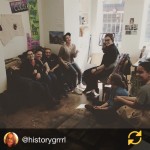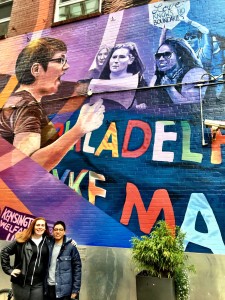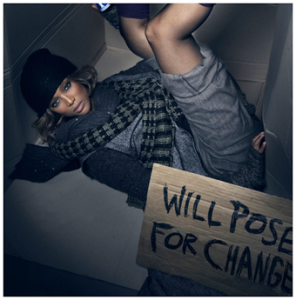I was working in Special Collections the other day when I received a phone call from an older-sounding woman asking if Bryn Mawr still sold these beautiful notecards that she had purchased years previously with various watercolor designs on them. After relaying the call to someone who knew the answer to this question, I sat back in my desk chair and began to wonder what and where these notecards could possibly be. My mind instantly flashed to a moment when I had been archiving materials in one of Special Collections’ storage facilities. While in there I had seen shallow boxes filled to the brim with packets of notecards like you would see in stores. After the phone call was finished, I was told that the notecards had been sold on behalf of the Friends of the Library program that stems from the Bryn Mawr College Library. The program gives “friends of the library” the opportunity to contribute monetarily to Bryn Mawr’s library services which in turn employs interns in Special Collections, allows collections to be enhanced with new materials, allows sensitive materials to be conserved, and allows services that BMC students and faculty use to be continued and enhanced. Apparently, the notecards were something that patrons of the Friends of the Library program could purchase to help support Bryn Mawr. Though it seems to have been popular, it actually was a deficit for the College to produce, manufacture, and sell the notecards. As a result, the College had to make the decision to end the notecard sales at the potential expense of patrons that really seemed to enjoy it, and years after it ended, still request them.
This situation relates to this week’s readings in the sense that there are materials out there that have indirectly benefited students that they don’t know about and probably wouldn’t know about if not for random occurrences like the one I experienced. Additionally, the materials in question, the notecards, haven’t been officially archived. The woman who called requesting a specific set of notecards was able to get a version of them that happened to be in the storage facility after someone from Special Collections took their spare time to see if it was in stock. I am also fascinated by the idea of how non-BMC people who actively contribute to some semblance of the College’s wellbeing, and as a student —my wellbeing— view the College and its community members. To them, do we represent the images on the notecards? Sentimentality perhaps? Or are we much more tangible, something that is as multi-faceted and diverse as the thousands of students that currently permeate this campus? It’s little things like this that get me thinking about the public history of Bryn Mawr and how it is presented as well as interpreted by those who don’t experience it daily but are still active in its existence.








